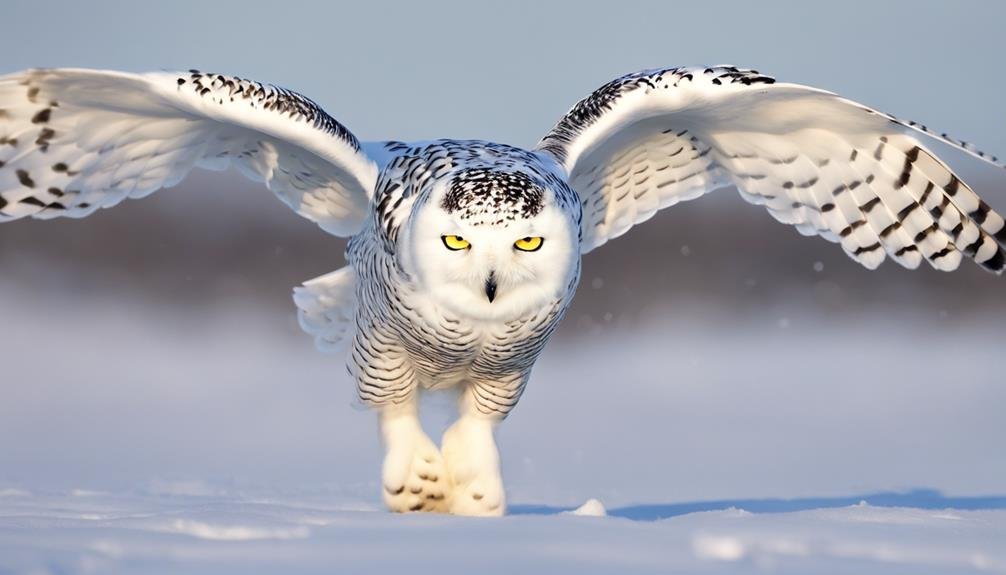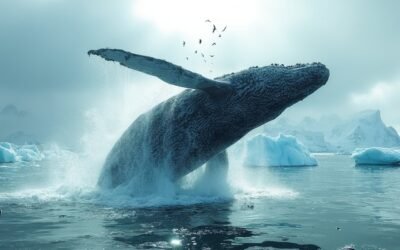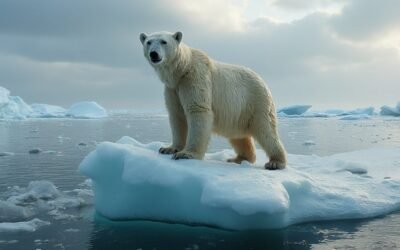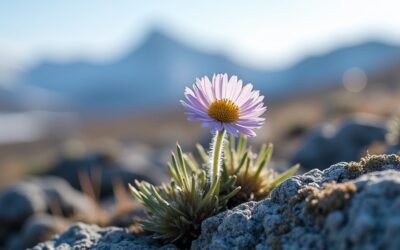Key Takeaways
Key Takeaways:- Arctic foxes exhibit swift movements during winter migration, showcasing their remarkable adaptability and survival skills in harsh Arctic environments.
- The majestic migration of caribou highlights their precision and determination in overcoming winter challenges, emphasizing the resilience of Arctic wildlife.
Arctic Foxes and Their Winter Movements
Arctic Foxes’ Winter Survival Tactics Adaptations for Arctic Conditions Arctic foxes are equipped with thick fur coats and furry paws that help them maneuver through the snowy terrain effortlessly. These adaptations enable them to thrive in the extreme Arctic environment. Strategic Food Quests During the harsh winter, Arctic foxes embark on extensive movements in search of food. They scavenge for food, hunt small mammals, and even trail polar bears to feed on their leftovers. Their remarkable migration behaviors cover long distances to secure essential food sources. Flexibility in Food Sourcing Arctic foxes exhibit adaptive movements based on changing food availability. This flexibility is a vital survival strategy in the challenging Arctic landscape. Studying their winter movements offers valuable insights into their ability to thrive in such harsh conditions.Caribou Migration Patterns in Winter
Arctic Migration Routes of Caribou Caribou herds in the Arctic strategically navigate to lower elevations during winter to find milder temperatures and access vegetation hidden under the snow. These migration routes, honed over centuries, are a response to the changing Arctic environment. Seasonal Survival Instincts By heeding seasonal cues, caribou ensure their survival by securing essential resources crucial for enduring the harsh winter months. Their instinctive behavior to migrate in search of better habitat and food sources showcases their remarkable adaptation to the challenging winter environment. Adaptation for Winter The caribou’s ability to seek out suitable habitats rich in food and shelter during winter highlights their resilience in the face of harsh weather conditions. Their migrations are a testament to their ability to thrive in the unforgiving Arctic landscape. Environmental Response The caribou’s movements are intricately tied to the natural rhythms of the Arctic, illustrating their deep connection to the changing seasons and the landscape. Their migration patterns reflect a finely tuned response to the environmental conditions they encounter. Resourceful Behavior The caribou’s quest for better habitats and food sources underscores their resourcefulness in navigating the challenges of winter. By moving strategically, they ensure their survival and well-being in a demanding environment.Snowy Owls: Winter Migration Strategies

Snowy Owl Migration Patterns
Snowy owls, majestic creatures of the Arctic, embark on a strategic winter migration to find optimal conditions for hunting and sustenance. This migration is driven by their need for better hunting grounds and increased prey availability. Unlike regular migratory patterns, snowy owls display irruptive behavior, moving unpredictably in response to fluctuations in food sources.Extensive Travel Distances
During their winter migration, snowy owls can cover vast distances, with some individuals traveling as far as the southern United States. This long journey is essential for their survival in the harsh Arctic environment, allowing them to maintain their health and well-being by securing enough food.Adaptation to Changing Environments
Interactions Between Arctic Wildlife in Winter
Arctic Wildlife Interactions in Winter: A Closer Look Polar Bears Hunting Seals near Ice Openings In the vast Arctic winter landscape, polar bears exhibit remarkable hunting skills as they stalk seals near ice openings. These apex predators rely on their keen sense of smell and stealth to catch their prey, showcasing the intense predator-prey dynamics that shape their interactions. Arctic Foxes Scavenging for Leftovers Arctic foxes play a crucial role in the ecosystem by scavenging for leftovers from polar bear kills. Their scavenging behavior not only helps them survive the harsh winter conditions but also contributes to the delicate balance of resources in the Arctic habitat. Seals Utilizing Breathing Holes in the Ice For seals, utilizing breathing holes in the ice is a matter of survival. These openings provide safety from predators like polar bears while allowing them to access vital air for respiration. The competition for these strategic locations highlights the resource competition among Arctic wildlife during the winter months. In the intricate web of interactions among Arctic wildlife, predator-prey dynamics, resource competition, and cooperative behaviors all play a significant role in shaping migration patterns, breeding success, and overall survival rates. Each species must adapt and interact with one another to secure food sources, avoid predators, and ensure their continued existence in the challenging Arctic winter environment.Environmental Factors Influencing Winter Migration
Factors Influencing Winter Migration of Arctic Wildlife The diverse climate variations in the Arctic region have a significant influence on the winter migration patterns of various animal species. From temperature fluctuations to changing wind patterns, these environmental factors play a crucial role in determining when and where animals migrate. Impact of Climate Variations The formation of ice is crucial for the movement of marine species such as seals, walruses, and whales during winter migration. The timing and extent of ice formation directly impact the availability of food sources and breeding grounds for these animals, shaping their migration routes. Critical Role of Ice Formation Extreme events, such as sudden storms or rapid temperature shifts, can disrupt the traditional migration routes of Arctic wildlife. These unpredictable occurrences challenge animals to adapt quickly and find alternative paths, affecting their survival and behavior during winter migration. Disruption by Extreme EventsFrequently Asked Questions
What Reasons Do Arctic Animals Migrate?
Why do Arctic animals migrate? Arctic animals migrate to survive in the face of food scarcity and harsh conditions. They also migrate to find breeding grounds and adapt to climate change. These migration patterns help ensure species’ resilience, genetic diversity, and ecosystem balance. Instincts drive them on perilous journeys towards a better future.Why Do Animals Migrate in the Winter?
Why do animals migrate in the winter? Answer: Animals migrate in the winter to survive, find resources, cope with temperature changes, take advantage of breeding opportunities, follow migration patterns, and adapt to environmental conditions. They seek suitable habitats, escape harsh winters, and increase their chances of reproductive success.What Are 3 Reasons Organisms Migrate?
Question: Why do organisms migrate? Answer: Organisms migrate primarily for survival, to find better habitats for breeding, to reduce competition, and to escape predation pressures.How Do Some Animals Know Where to Migrate to Each Winter?
Question: How do some animals know where to migrate to each winter? Answer: Animals rely on a combination of magnetic signals, celestial cues, and genetic programming to guide their winter migration. Environmental changes trigger instinctual behavior, leading them through learned routes influenced by social interactions. These factors collectively help animals navigate their journey each winter.Do Walruses Follow Similar Migration Patterns as Other Arctic Wildlife in Winter?
Walrus migration patterns in the Arctic differ from many other species. While animals like caribou and certain bird species travel long distances in winter, walruses tend to stay closer to the ice’s edge. They move with the shifting ice, seeking areas rich in food, but their migrations are less pronounced than other Arctic wildlife.


